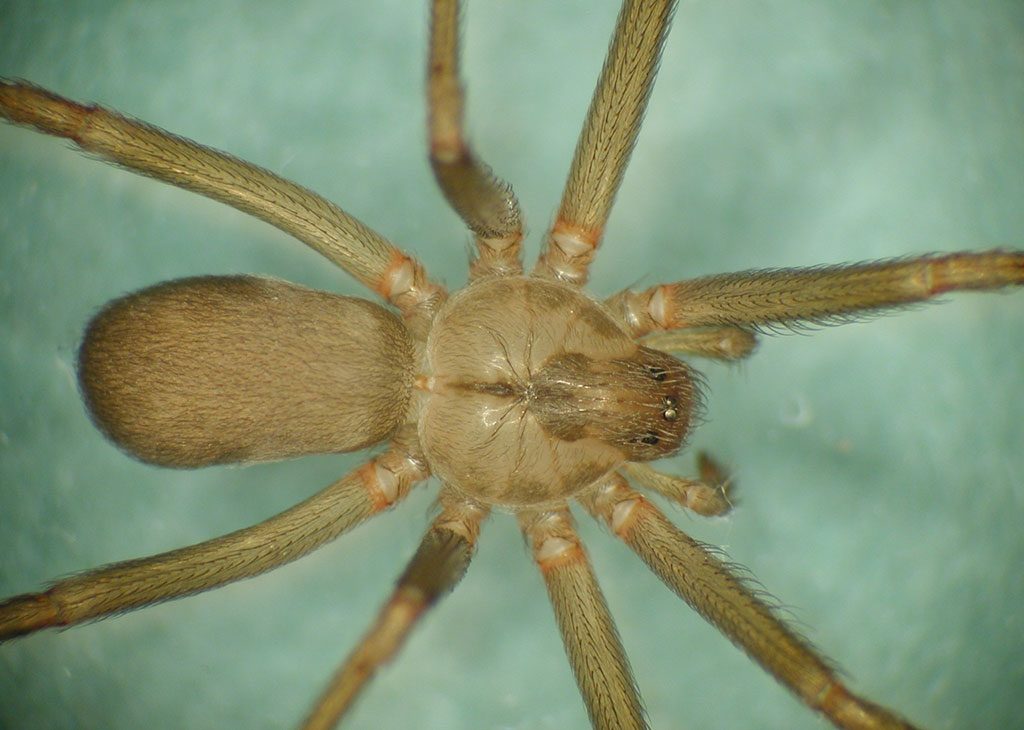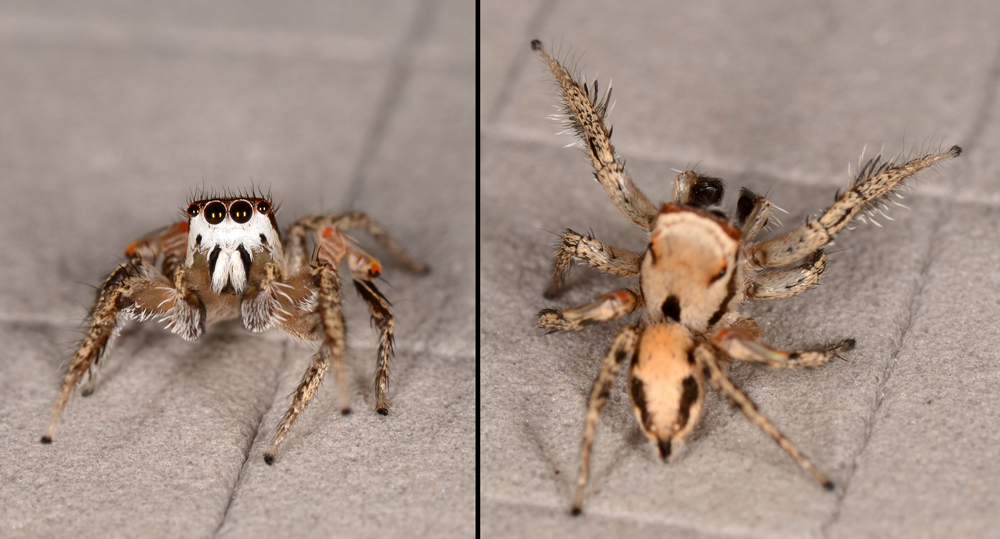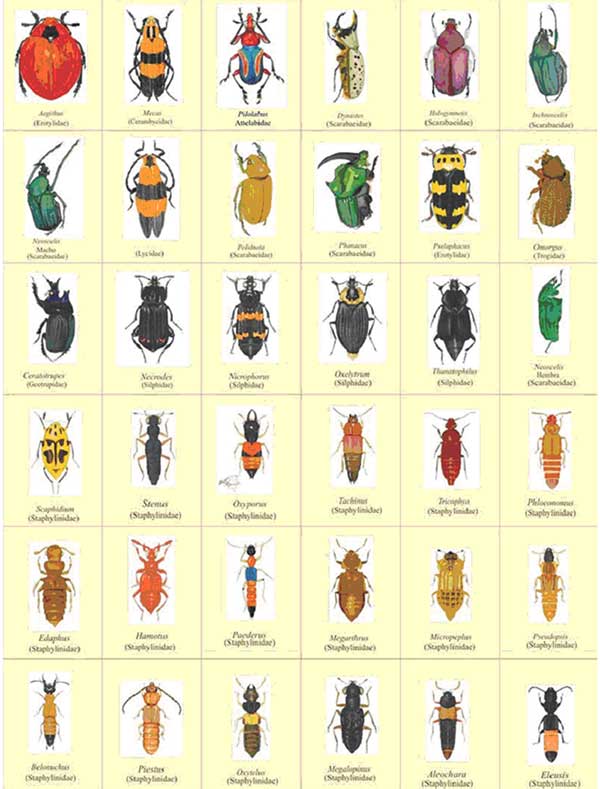Spiders-Arañas
By Dr. Samuel Thelin
Spiders are the largest group of venomous animals. The world spider catalog of the Planetary Biodiversity Inventory lists 40,024 different identified species. The ArachnoServer spider toxin database lists 916 toxins, and 48 different known mechanisms of action. Of all the spiders in the world, there are only three families that are not venomous – Uloboridae, Holarchaeidae, and some Liphistiidae spiders. Of these non-venomous spiders, only Uloboridae exists in the Americas and lakeside. All the other spiders you will see are venomous.What makes a spider clinically significant are four factors – if it can penetrate skin, the power of the toxin, the amount of the toxin, and how the toxin affects humans. The fact that most spiders cannot penetrate human skin usually eliminates them as a threat. However, some spiders can spray their toxin. For example the Green Lynx spider (common lakeside) can both inject its toxin and spray it up to 20 cm (this would only cause great discomfort if sprayed in the eye).


Keep in mind that not all spiders with the same common household name will look exactly the same. Even between these two Green Lynx spiders there are variations in color.The power of the toxin is important, and this also excludes most spiders from being dangerous to humans. However, the power of the toxin must be considered with the amount. Consider the Brown Widow spider which has a venom that is three times more toxic than the Black Widow. However, the actual amount of venom injected by the Brown Widow is about half (0.10mg vs. 0.19mg), thus the final toxicity of the Brown Widow is only about twice that of the Black Widow, even with a toxin that is 3 times as strong. Then, although the Brown Widow is considered technically more toxic, the clinical reality is that the Black Widow bite has more systemic effects. To a small animal, the Brown Widow might be more dangerous, but in humans, the effects do not usually spread far from the injection site, while the Black Widow toxin can spread to throughout the whole body and even inhibit breathing.

Again, do not focus too much on exact colors, they will vary somewhat, as in these three brown widow spiders above.The worst spider in the lakeside area is the Black Widow (Latrodectus mactans). The Brown Recluse (Loxosceles reclusa) is probably the second most dangerous due to its ability to cause necrosis with its hemotoxin. Then there are many others such the common Jumping Spiders and Lynx Spiders that are toxic and common at the lakeside, but not dangerous.

These are all black widow spiders above. The red on the back may or may not exist, but the hourglass on the abdomen will. The last photo is a male and female black widow. The male is smaller, less black, and cannot bite through human skin.

Brown Recluse with typical violin marking on head.

Jumping Spider. They generally have similar shape, but vary greatly in markings and colors.
The problem with focusing on spiders and their dangers is that many people do not actually realize when they are bitten, and usually do not know by what they were bitten. They present with symptoms, and usually assume it was a spider. The symptoms of a Black Widow bite are the pin prick feeling at the time of the bite (if noticed), and painful cramps in a large muscle groups such as the thigh or abdomen. The bite of the Brown Recluse can present with a sore or ulcer after the bite or it may have no symptoms at all. Other spiders may present with some pain at the site, or an itch. Other insects may produce burning and pain. Any bite or sting can produce an allergy, and this can also be a threat even if the toxin’s main effect is not.
Here is a chart of just a few more insects to watch in Jalisco. The chart was produced by the Universidad de Guadalajara. Click to view larger image.
The most common of these is the Paederus (Staphylinidae) from my experience. It produces a substance that causes cells to separate from each other, resulting in a first to second degree “burn”, which could be mistaken by some to have been a Brown Recluse bite.What do you need to do if you have or suspect a spider bite? If you know it is a Black Widow, or have symptoms of a Black Widow bite, go to someplace that has the antivenom. Call before you go to make sure they have it. Cruz Roja 376 765 2308 or the Clinica Municipal 376 765 5421. If not, C.R.I.A.T. in Guadalajara 33 3669 1320 to 25. If you assume you were bitten by a spider, but are not sure, and have strong symptoms, keep in mind that there are 100s of other toxic insects besides spiders here, and it would be good to seek medical attention by someone with experience with toxicology.
